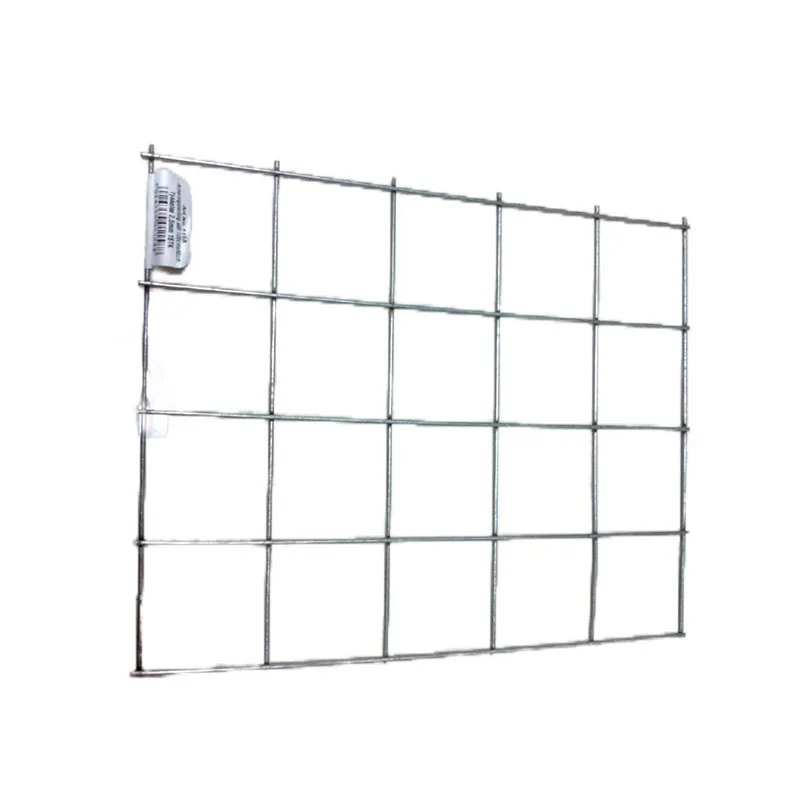พ.ย. . 10, 2024 07:16 Back to list
Innovative Solutions for Secure Barbed Wire Fencing Systems and Applications
The Versatility and Importance of Barbed Fencing Wire
Barbed fencing wire is a pivotal component in the field of agricultural and security applications. Its design specifically features sharp edges or points that protrude from the wire, creating an effective barrier against intruders, whether human or animal. The invention of barbed wire in the late 19th century revolutionized farming and ranching practices, providing a practical and economical solution for livestock management and property demarcation.
Historical Context
The origins of barbed wire date back to the 1860s, when farmers and ranchers in the United States faced challenges in managing their livestock and delineating their properties. The traditional wooden fences were labor-intensive and costly to maintain. In response to these challenges, Joseph Glidden patented his design for barbed wire in 1874, which quickly gained popularity due to its affordability and ease of installation. This innovation played a crucial role in shaping the American West, as it allowed for the effective management of vast areas of land.
Construction and Functionality
Barbed wire is typically constructed from high-tensile steel wire, which enhances its durability and resistance to weather conditions. The barbs, spaced at regular intervals, serve to deter animals and humans from crossing the barrier. The wire is often woven into strands, creating a robust fence that can withstand pressure from any direction. Because of its effectiveness, barbed wire has been employed not only in agricultural settings but also in military applications, prisons, and industrial sites.
Applications in Agriculture
For farmers and ranchers, barbed wire serves multiple crucial functions. First and foremost, it helps contain livestock within designated areas, preventing them from wandering into crops or onto roadways. The sharp points of the barbs deter animals from attempting to breach the fence, thus reducing the likelihood of escape or injury. Additionally, barbed wire fencing is commonly used to protect crops from wildlife, safeguarding harvested goods from potential damage.
Moreover, barbed wire can also be a cost-effective solution for fencing large properties. Compared to the expense of erecting solid wooden or stone fences, barbed wire requires significantly fewer resources and less labor. This affordability allows farmers to secure extensive areas without straining their budgets.
barbed fencing wire

Security Applications
Beyond agriculture, barbed fencing wire is extensively used in security applications
. Properties such as warehouses, factories, and military installations utilize barbed wire as a deterrent against trespassers and potential intruders. The physical barrier of barbed wire, combined with its intimidating appearance, serves to protect valuable assets and maintain privacy.In urban environments, barbed wire is often employed in conjunction with other security measures, such as surveillance cameras and alarm systems. The presence of barbed wire can enhance the overall security profile of a location, signaling to potential intruders that access will not be easily obtained.
Considerations and Alternatives
Despite its many advantages, the use of barbed fencing wire is not without controversy. In some contexts, it can pose risks to wildlife and domesticated animals, leading to injuries or fatalities. As a result, some landowners are seeking alternatives, such as smooth wire fencing or electric fences, which provide a less hazardous option while still offering effective containment and security.
In recent years, the debate surrounding the ethical implications of barbed wire has become more pronounced. Environmental advocates argue for the need to balance security needs with wildlife conservation efforts, prompting innovation in fencing designs that minimize risks to animal life.
Conclusion
Barbed fencing wire remains a fundamental tool in agriculture and security sectors, offering an effective and economical solution for containing livestock and protecting properties. While it has played a significant role in agricultural development and security applications, ongoing discussions about its environmental and ethical implications encourage the exploration of safer alternatives. As industries evolve, so too will the methods and materials used to construct boundaries, ensuring that the delicate balance between security and sustainability is maintained.
-
Reliable Nails for Every Construction Project
NewsJun.10,2025
-
Reliable Iron Nails for Every Project
NewsJun.10,2025
-
Razor Wire Solutions for Enhanced Security
NewsJun.10,2025
-
Hydraulic Hose Ferrule Fittings: Key to a Strong Hydraulic System
NewsJun.10,2025
-
Field Fencing: Secure Your Property with the Best Solutions
NewsJun.10,2025
-
Euro Fences: The Ultimate Choice for Security and Style
NewsJun.10,2025









